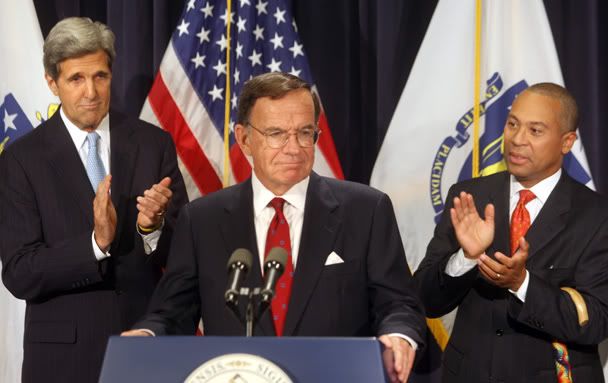Four of nine doctors, or 45%, said they "would consider leaving their practice or taking an early retirement" if Congress passes the plan the Democratic majority and White House have in mind.
In this country, the number of doctors is already lagging population growth.
From 2003 to 2006, the number of active physicians in the U.S. grew by just 0.8% a year, adding a total of 25,700 doctors.
Recent population growth has been 1% a year. Patients, in short, are already being added faster than physicians, creating a medical bottleneck.
The great concern is that, with increased mandates, lower pay and less freedom to practice, doctors could abandon medicine in droves, as the IBD/TIPP Poll suggests. Under the proposed medical overhaul, an additional 47 million people would have to be cared for — an 18% increase in patient loads, without an equivalent increase in doctors. The actual effect could be somewhat less because a significant share of the uninsured already get care.
The U.S. today has just 2.4 physicians per 1,000 population — below the median of 3.1 for members of the Organization for Economic Cooperation and Development, the official club of wealthy nations.
Adding millions of patients to physicians' caseloads would threaten to overwhelm the system.
"It's like giving everyone free bus passes, but there are only two buses," Dr. Ted Epperly, president of the American Academy of Family Physicians, told the Associated Press.
Hope for a surge in new doctors may be misplaced. A recent study from the Association of American Medical Colleges found steadily declining enrollment in medical schools since 1980.
The study found that, just with current patient demand, the U.S. will have 159,000 fewer doctors than it needs by 2025.





 ).
).



